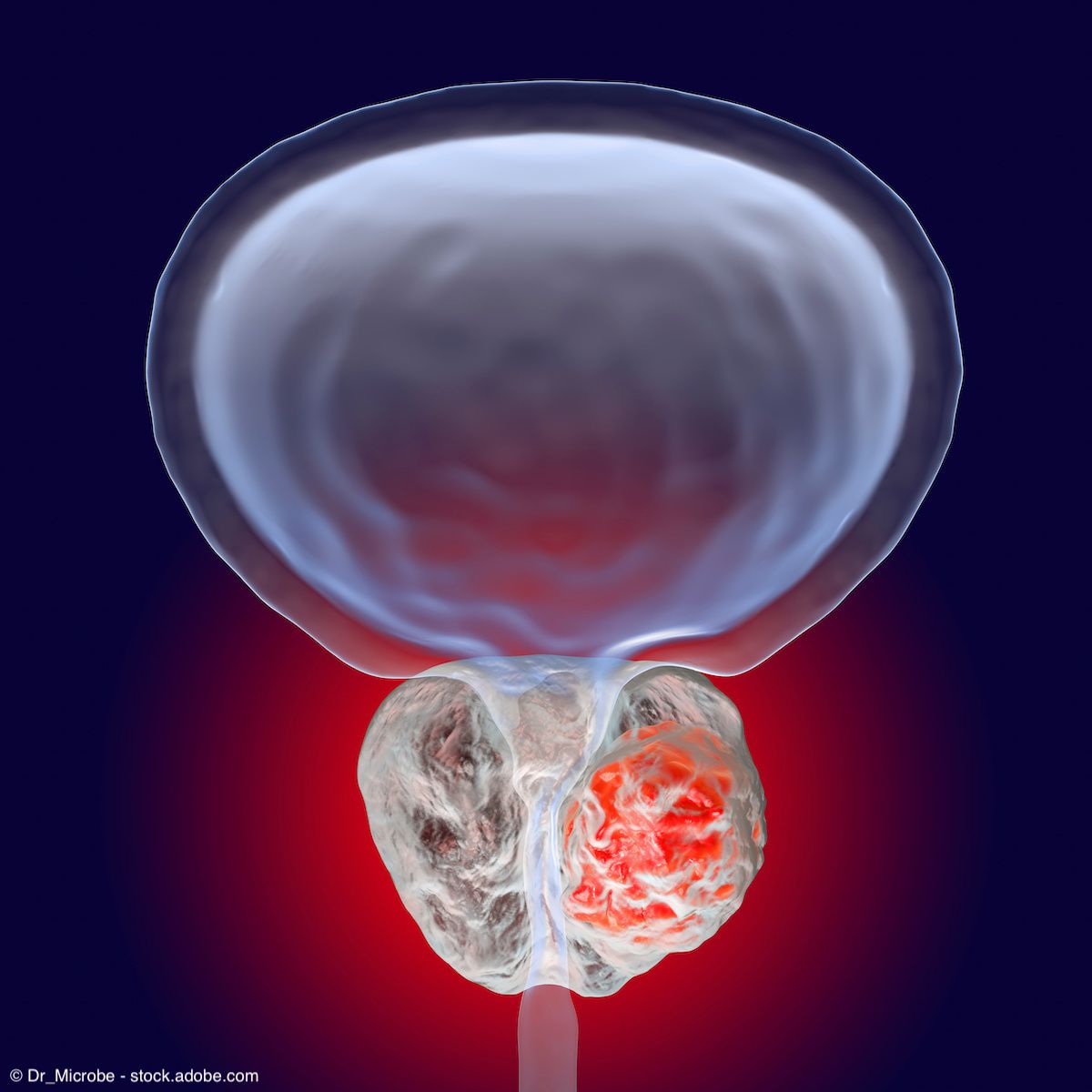Article
Physical activity may lower risk of prostatitis
Author(s):
Atlanta-Because prostatitis in African-American men is not well studied, University of Michigan researchers examined the prevalence and risk factors in African-American men in Genessee County, MI, with a surprising result. On the whole, the risk factors matched those reported for Caucasian populations, but men who were physically active had significantly decreased odds of having prostatitis in a study presented at the AUA annual meeting.
Atlanta-Because prostatitis in African-American men is not well studied, University of Michigan researchers examined the prevalence and risk factors in African-American men in Genessee County, MI, with a surprising result. On the whole, the risk factors matched those reported for Caucasian populations, but men who were physically active had significantly decreased odds of having prostatitis in a study presented at the AUA annual meeting.
The population-based study included 703 African-American men, ages 40 to 79 years, who completed a detailed, in-home epidemiology interview, including medical and social history. Those who had had operations on the prostate, a prostate cancer diagnosis, a biopsy positive for cancer, or prostate cancer during the study period were not included.
The analysts then used multivariable logistic regression models to assess the association between various demographic, behavioral, and medical and urologic symptoms, including smoking and alcohol consumption, physical activity, sexual frequency, stress levels, marital status, history of physician diagnosed prostatitis, BPH, and sexually transmitted diseases.

Significant associations found
Men who reported moderate to severe lower urinary tract symptoms and a history of BPH had more than double the odds of reporting a prostatitis diagnosis than did other men, "suggesting a role for BPH and prior infection in disease etiology," according to Wallner.
There was no significant association between a history of STDs and prostatitis, as has been found in white populations, but Wallner thought that these infections may have been underreported.
There were also significant associations between age, body mass index, physical activity, and sexual frequency in the past 12 months and prostatitis. Patients who had prostatitis were more likely to be in their fourth decade, were less likely to be obese (48% vs. 65% of patients with BMI ≥30), and had lower sexual frequency. Physically active men had only one-third the odds of having prostatitis, however, than the less physically active.
Wallner speculated that this might be because of lowered levels of stress, which has been associated with prostatitis symptoms. There was no difference in day-to-day or longer-term stress levels among the two groups, however.
It's unclear what the sexual frequency data might mean. If prostatitis is related to infection, "ejaculation, which may flush bacteria from ejaculatory ducts, may play a role," Wallner told Urology Times.
On the other hand, she noted that men with chronic prostatitis/chronic pelvic pain syndrome have general pelvic pain and, often, ejaculatory pain that may lower their sexual frequency.
There was no significant association between prostatitis and alcohol consumption, smoking, marital status, family history of prostate cancer, and education.
The investigators called for further studies to determine etiologic roles of the risk factors these data suggest and the potential for treatment and prevention.





